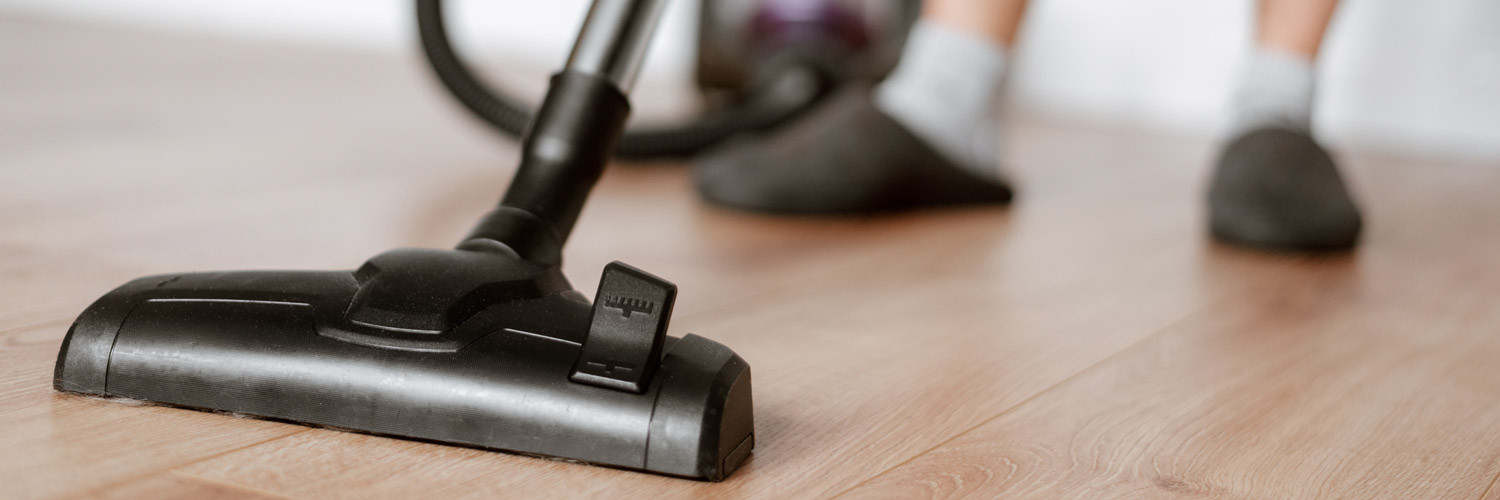Your home is a haven, a place where you can go to rest, relax, and recoup. A place where you can breathe easily. But the air you breathe at home may be riddled with particles that can wreak havoc on your respiratory system and exacerbate other health issues, both long term and short term. In fact, studies by the EPA point out that the concentration of indoor air pollutants is often several times higher than those outdoors.
Although indoor air pollutants can come from many sources, there are a handful of products and practices that you may not readily think of which cause an uptick in airborne particles in your home. The good news is, once you know what they are you can easily modify your use and ditch the bad effects.
Cleaning Products
Should you quit cleaning for cleaner air? Well, not exactly. But the reality is that those cleaning products you spray, swipe, and spread across your surfaces can have a detrimental effect on the quality of your air. Ammonia, bleach, and even citrus oils can be toxic if inhaled or touched and cause irritation. To reduce the unintended consequences of cleaning, look for products which are more natural or “green” in nature, or search out products with the EPA Safer Choice label. You can also use good, old-fashioned ingredients such as vinegar and baking soda to do the job without adding to air quality problems within your home.
Aerosol Products
We have been hearing about the dangers of aerosol products for years now, and it makes sense to do a quick trip around the home to see which of those you can eliminate from use. Products on your bathroom sink are often the biggest culprits (hairspray, we’re looking at you), but the kitchen may have a few as well, such as oil sprays and the like. Opting for non-aerosol versions of your favorite products will help your air quality immensely.
Paint Cans
It’s easy to finish up a painting project and save the remainder for future touch ups. But what you may not realize is leftover paint continues to give off VOC (volatile organic compounds) into the air—even from sealed containers. Look for low VOC paint formulas, dispose of the can when finished and, if you do store leftovers, keep them in a well-ventilated area of your home.
Dry Cleaning
Those clothes may look pristine and pressed, but the dry cleaning process often uses a chemical called perchloroethylene which continues to release into your home’s air and can be a danger to humans and pets. If machine washing or hand washing isn’t an option, allow clothes to hang in the garage for several days before bringing them into the home.
Air Fresheners and Candles
It sounds counterproductive that the products you use to make your home smell fresh and clean could be doing the opposite to the air you breathe, but it’s true. They steadily emit micro and fine particles into the air causing respiratory issues, especially for asthma sufferers, as well as headaches and nausea. The best path to a home with clean air is to reduce the amount of pollutants you use, and increase the ventilation through natural (open windows and doors) and mechanical means (a well-working HVAC system, bathroom fans, etc.). Are you worried about your indoor air quality? Give us a call for an IAQ evaluation!
